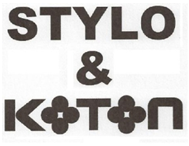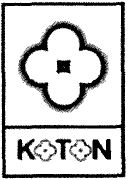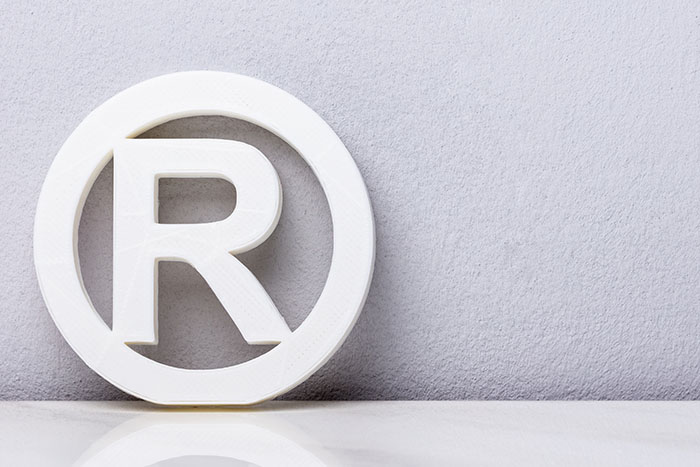Two recent cases about trade marks applied for in bad faith illustrate how the courts approach such applications.
An application for a UK trade mark may be rejected at the application stage if it is shown to have been made in ‘bad faith’; if registered, the mark may be revoked for invalidity. For EU trade marks the question of bad faith does not arise at the application stage, but a mark applied for in bad faith will be vulnerable to an invalidity attack if registered. Bad faith often arises in a situation where the applicant knows that a similar mark is registered and/or in use for similar goods or services, but makes an application in order to try to ‘steal a march’ on the proprietor of the earlier mark in some way, for example in order to sell the mark back to the brand owner or to indulge in ‘reverse domain name hijacking’. Another common situation is where there is no genuine intention to use the mark, either at all or in relation to particular goods and services, for example where a mark is registered to try to keep others out of the market. In all cases the question is what the applicant’s intentions were at the time of application.
Bad faith applications can have huge nuisance value - the applicant has complied with all the rules, the problem is that his intentions are not honourable. This may be patently obvious to all concerned, but the Registrar and the courts must deal in facts and evidence. How can intentions be evidenced?
The case of Trump International Ltd v DTTM[i] - pattern of behaviour evidence
In this recent case a company called Trump International Ltd applied for the UK mark TRUMP TV; at the time Mr Trump was standing for election as President of the US. The company had been set up and was controlled by a Mr Gleissner, who had no connection to Mr Trump. The application was successfully opposed at the UK Intellectual Property Office (IPO) by DTTM, which holds and manages trade marks formerly owned by Mr Trump, but Trump International appealed to the English High Court (Judge Henry Carr). Before the IPO DTTM had been able to show that Trump International had made numerous other applications to register well-known trade marks with which it had no connection; he was sole director of over 1000 UK companies almost all of which were not trading, and he had been involved in numerous trade mark proceedings. Carr J agreed with the IPO that this similar fact evidence could potentially prove bad faith: it overcame the presumption of good faith and established a prima facie basis for finding bad faith. It was then up to Trump International to offer a convincing factual explanation, which it failed to do. As a result the High Court rejected Trump International’s appeal. The case is a good illustration of the IPO and courts’ approach in such matters and resulted in guidance to the IPO from the court highlighting, among other things, that if an application is made for a well-known trade mark with which the applicant has no connection the onus will usually be on the applicant to justify itself.
The case of Koton[ii] - seeing the applicant’s behaviour in the round
This case currently pending at the Court of Justice relates to a Mr Esteban who, in April 2011, filed EU trade marks for the logo set out below in classes 25, 35 and 39.

These applications were opposed by well-known Turkish clothing company Koton on the basis of the following earlier conflicting trade mark.

Koton’s oppositions were successful in classes 25 and 35 but not in class 39, as its trade marks did not include this class. As a result, Mr Esteban’s mark was registered in class 39 only so that there was no direct overlap with Koton’s earlier conflicting marks. Nevertheless, Koton argued that Mr Esteban’s class 39 mark had been obtained in bad faith because his original application had included classes 25, 35 and 39 and he was also well aware of Koton’s marks as he had previously had a business relationship with them. This, they argued, showed that his intention at the time of the application had been to apply in the same classes as Koton was already trading in. In this situation the Advocate General has advised that the question whether there was bad faith in relation to the class 39 mark depended crucially on whether Mr Esteban was able to explain his ‘economic logic’ – why would anyone deliberately create the risk that consumers will associate his own goods or services with another supplier? We look forward to seeing whether the Court of Justice agrees with this – in our view very sensible – approach.
Future ‘bad faith’ developments
Further important issues in relation to bad faith are due to be considered by the Court of Justice in the reference from the English court in the case of Sky v SkyKick[iii]. This is expected to look, among other things, at the question whether – or in what circumstances – applying for a broad specification of goods and services, which goes beyond the goods and services for which the applicant has a definite intention to use the mark, can result in invalidity on the grounds of bad faith. If so, could the whole mark be invalid or will it be question of partial invalidity? A decision that the whole mark may be invalid could pose a threat to the validity of very large number of marks currently registered.

 Tom Collins
Tom Collins